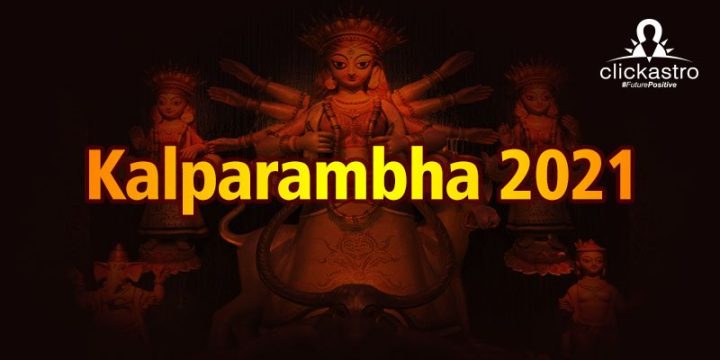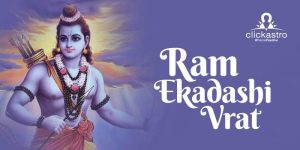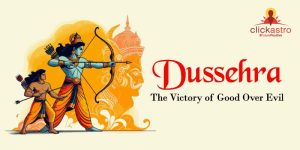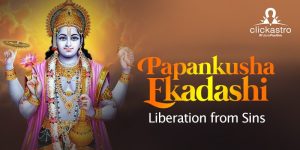Contents[hide]
Kalparambha – The Ceremonial Pledging to Honour Femininity
711

Kalparambha marks the beginning of the Durga Puja festival in West Bengal. The Indian state of West Bengal celebrates Durga Pooja, which is a shorter version of Navratri, and it lasts for three to four days. The Kalparambha ritual is observed on Sashti Tithi (sixth lunar day) in the Shukla paksha (bright fortnight) of Ashwin month. The Durga Puja festival continues for the next four days – Saptami (7th lunar day), Ashtami (8th lunar day), Navami (9th lunar day), and Dashami (10th lunar day).
The festival of Durga Puja, also known as Durgotsava, is celebrated in the Shukla Paksha of Ashwin month. It’s a festival dedicated to Goddess Durga. The unveiling of the Goddess idols starts on Maha Sasthi after the Kalparambha ritual. Kalparambha is observed a day prior to Navpatrika Puja, also known as Kolabou Puja. The main Puja days are Maha Saptami, Maha Ashtami and Maha Navami. The main observations include chanting Mantras, reciting Slokas, singing Arati and offerings.








